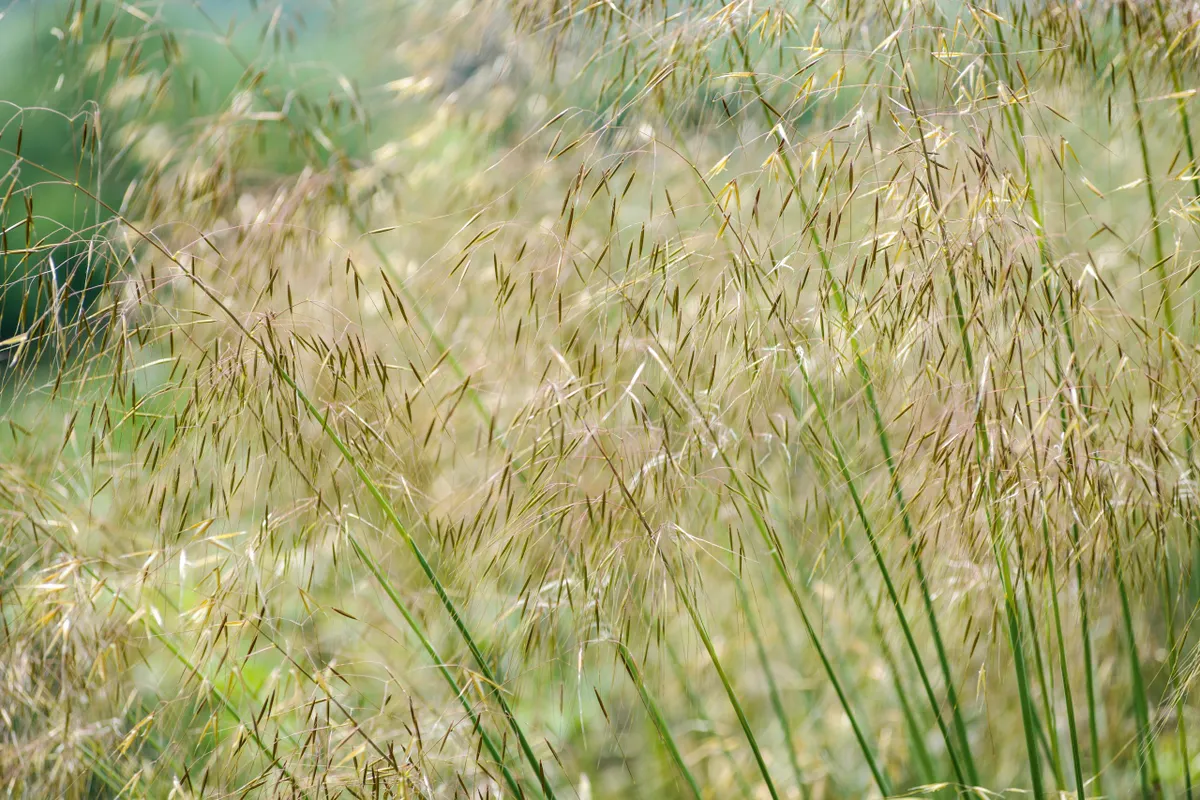While February is a short month and can offer gardeners the opportunity for a well-earned rest, there are still seed potatoes to order and salad seeds to sow before the onset of spring. Here vegetable gardener Aaron Bertelsen and head gardener Benjamin Pope explain the key tasks to get done in the garden this month.
Why not peruse our list of the best plants for February, what to plant this month and, lovely gardens this month.
Gardening jobs for the month of February
Veg and kitchen garden jobs in February
Check around the base of fruit bushes for weeds and self-sowers. The ground around them should be clear to the drip line – that is, the outer edge of the plant’s canopy.
Plants that have been overwintering inside or under glass can be brought out on milder days to enjoy some fresh air in February. This will help to stimulate growth and reduce the risk of pests and diseases. Generally, I do find that the harder a plant is grown, the healthier it tends to be.
Depending on the February weather, you may be able to start sowing seed. I always start at the highest point of the garden, where the sun hits and a good solid yew hedge provides a bit of shelter. Provided it is not too wet or cold, I will start sowing broad beans, beetroot and parsnips directly into the soil from the end of February.

If you’re not willing to take the risk of sowing direct, you can get seeds started under glass or just on a windowsill. I like to use a large plug tray – this way, the seedlings can grow on to a decent size without my having to bother with pricking them out.
If you are only going to sow one thing in the ground in February, may I suggest spring onions? They are extremely tough and very useful in the kitchen, particularly as the crop of leeks is coming to an end. I find it very difficult to grow onions as our soil is so heavy – spring onions make an excellent substitute.

Start chitting potatoes. Place them eye end up, in a cool – but frost-free – spot, with plenty of light. A windowsill is perfect. I like to use the one outside my bedroom so that each morning I am reminded that spring is coming, and things are starting to move again. Egg boxes make an ideal container, or if you are gardening on a larger scale try a shallow wooden box, using sections of folded newspaper to hold each spud in place. Here's our guide to chitting potatoes.
Sow salad. You can do this direct in the soil, but I find I get better results at this time of year from sowing in pots. The soil is warmer, and the whole pot can be moved inside if the weather gets really cold. I like to use a seed mix, so that I get a good range of flavours and colours.
Be ready with the hessian or fleece. These early crops will thank you for a bit of protection. Prop the covering up with a few sticks or stakes, though, to avoid damaging the emerging seedlings.
Ornamental and flower garden jobs in February

Begin to cut back grasses As winter ends, ornamental grasses become untidy. Deciduous grasses should be cut back hard while evergreen species should be gently combed and lightly trimmed if required.
Lifting and dividing Now is the perfect time to lift and divide herbaceous perennials as they begin to wake from their winter rest. Using a sharp spade, lift the entire plant and split it into sections, replanting or potting up the newest growth.

Stake borders Before border plants come into growth, construct plant supports using beanpoles and string or woven pea sticks. As the perennials and climbers grow, they will naturally find the support they require.
Prepare to take cuttings Force growth of tender and half hardy perennials, such as dahlias, indoor chrysanthemums and salvias. Pot up and feed the stock plants, and grow indoors for early,
strong stems, which are perfect for taking spring cuttings.

Prune wisteria Make sure to winter-prune wisteria to encourage flowering. If not already complete, remove last year’s lateral growth (whippy stems coming from the main structural growth) by cutting back to three or four buds to create short twiggy spurs. Here's our wisteria pruning guide

